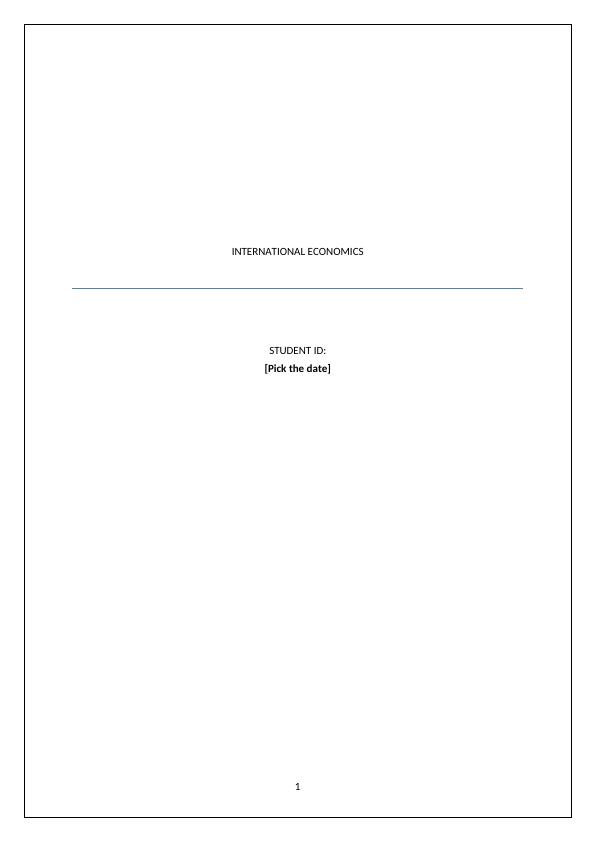International Economics
Added on 2023-04-21
5 Pages1035 Words449 Views
End of preview
Want to access all the pages? Upload your documents or become a member.
Global Business: Choosing the Right Export Market and Entry Mode
|5
|973
|394
Disadvantages of Protectionism for the US Economy
|4
|1067
|405
Impact of Free Trade on Economic Growth: Lessons from China-US Trade War
|5
|825
|459
China's Transforming Economy and Society
|12
|2906
|404
Analyzing UK Economy's Performance with Macroeconomic Indicators
|10
|2761
|371
Global Business Assignment
|6
|1462
|227


